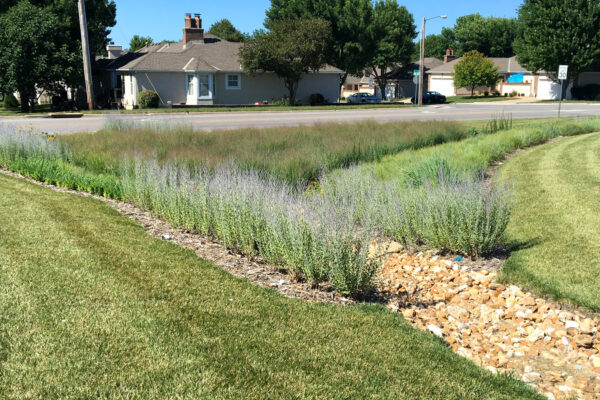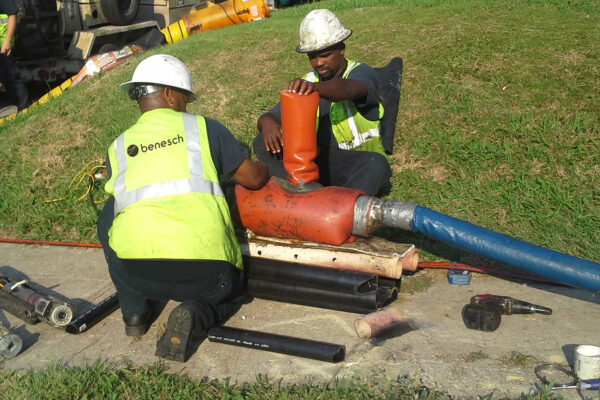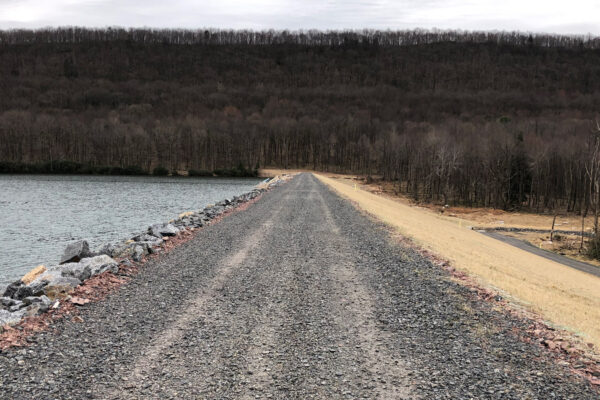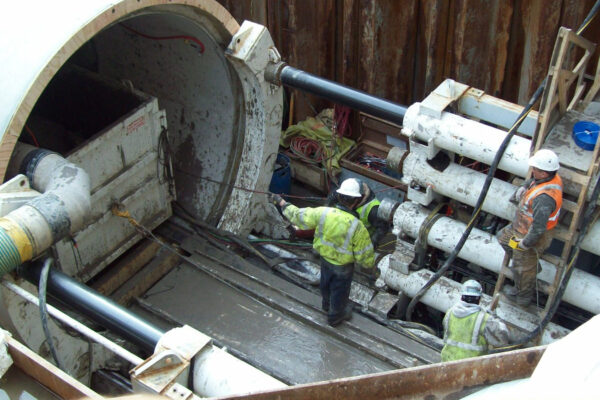Schuylkill River West Branch Headwaters Restoration
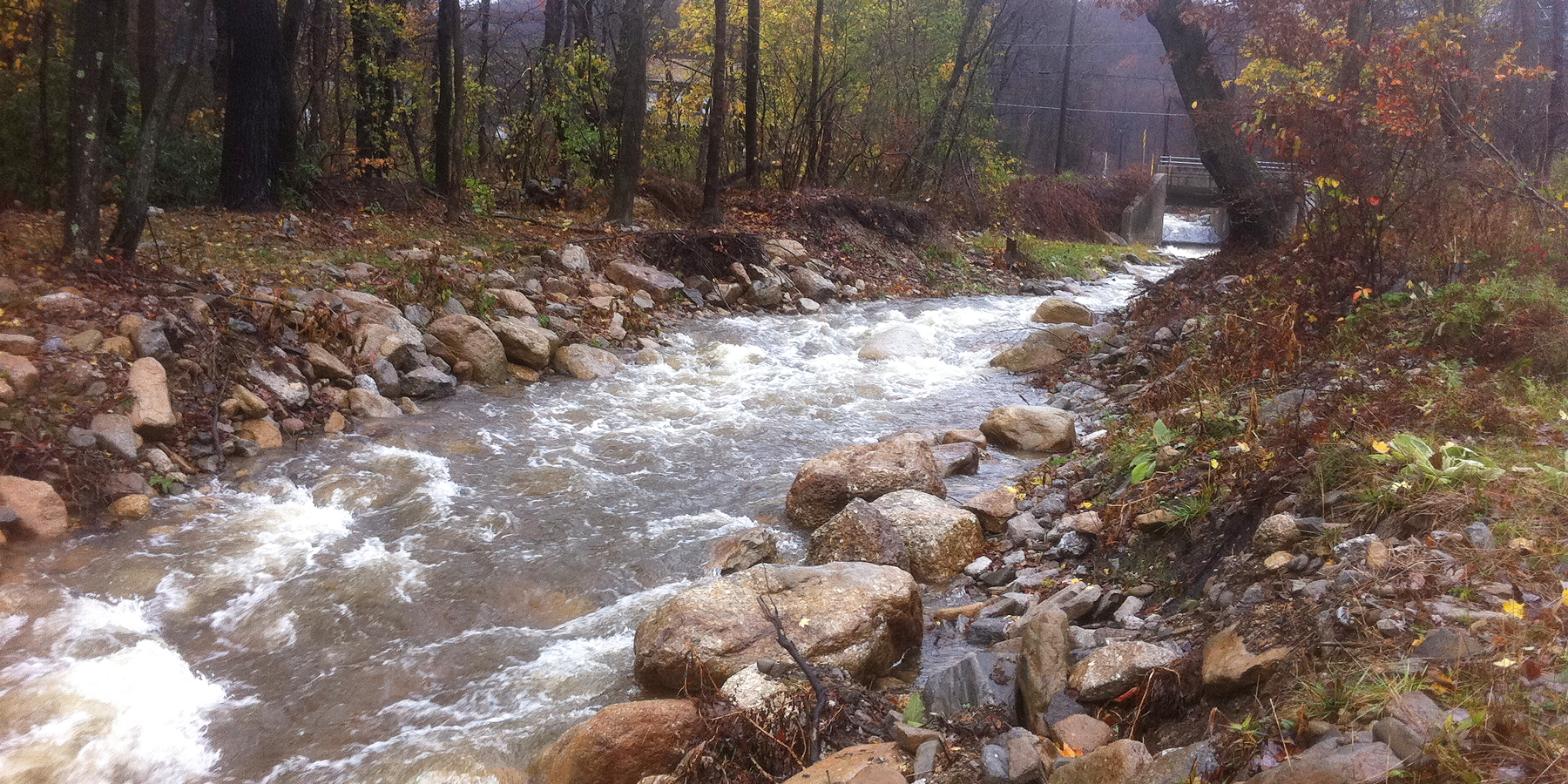
Schuylkill County sits atop one of the largest anthracite coal mines in the world. The West Branch Schuylkill River Watershed was extensively mined since the early 1800s. The locally mined coal helped fuel the industrial revolution in the 19th and 20th centuries. Unfortunately, the mining had devastating effects on the environment in the form of acidic mine drainage. In several cases, significant flow loss through the streambeds to the underlying deep mines contributed to deep mine discharges and caused routine drying of the stream during low flow conditions.
Benesch helped reduce the water seeping into the underlying mine tunnel and restored the continuous flow of the stream. The Benesch team studied approximately 6,000 feet of the West Branch and identified four sections where improvements were needed. The improvements included constructing an impervious liner to eliminate the flow loss into the mine pool. The existing channel material was reused along with supplemental rock for channel lining. The streambank was restored with erosion control mulch and native plantings, including rock veins and root wads, to provide diversity and habitat.
Benesch also performed topographical surveys to locate the existing physical features within the project limits. Detailed hydrological and hydraulic analyses were prepared using HEC-RES. Data from the hydraulic model was used to size the proposed channel improvements and develop construction staging within the stream channel.
For the design and to prevent subsurface water loss, a cost feasibility study was developed to identify the most cost-effective construction technique. Some of the construction techniques that were identified were lining the channel with concrete, Bentonite clay, use of a geomembrane synthetic liner, or to pressure inject a grout solution into the mine void. The geomembrane liner was chosen as the most cost-effective solution.

